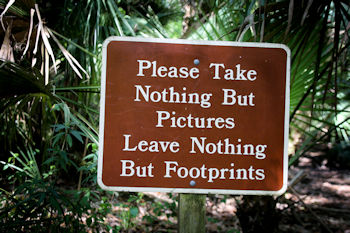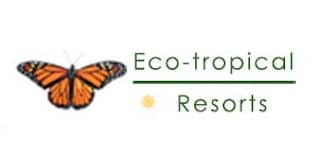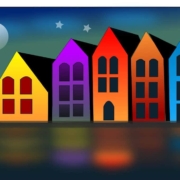What makes a Sustainable Ecolodge?
What makes a Sustainable Ecolodge
There are 5 Parts of what makes a Sustainable Ecolodge, as there are 5 parts to our Online Eco Rating. The parts include energy, water, recycling and waste, land and nature conservation, and community. These 5 areas are able to be measured, that adds credibility and verification for a lodge.
In 2015 a branch of the United Nations: The Department of Economic and Social Affairs Sustainable Development came up with 17 sustainable goals. Their mission statement is: “A blueprint to achieve a better and more sustainable future for all people and the world by 2030”. Because the UN’s goals are all encompassing, it would be impossible to include them all in what makes a sustainable lodge. Therefore, I’ve narrowed it down to the 5 areas in the online eco rating that I think are most important to what makes a sustainable ecolodge. Therefore I will wrote about each of these next.

Energy and it’s Conservation
Energy uses up resources. Conservation of energy involves using renewable energy that doesn’t use up resources. Sustainable energy includes but is not limited to solar, wind, hydro, tidal, geothermal, and biomass. When an ecolodge uses one of these renewable energies, that helps them rate as sustainable. Most of the eco lodges on our Directory use one or more of these. In fact, many lodges are located where there is no power grid, so must use alternative energy. Preserving energy helps us from polluting the earth
Water
Clean water is a limited resource for our planet. Lodges can conserve water several different ways: Harvested rain water from roofs or stormwater, reclaimed wastewater, and graywater. Parts of the world have an over-abundance of water, whereas other areas have a lack. Therefore, careful use of water is important. Many ecolodges use reclaimed graywater to water their plants. If an ecolodge is in an area of water abundance, then educational items should be made available for guests. We are part of the whole.
Recycling and Waste
I’m sure you’ve heard the phrase: Reduce-Reuse-Recycle. This catch phrase is important to help us keep this in mind when getting rid of waste. Recycling and disposing of waste responsibly helps us keep from polluting the environment. It is an important part of what makes a sustainable lodge. Recycling is using waste materials and converting them into usable new materials. Where I live in the U.S., in Arizona, we have recycle and waste bins. So that makes it convenient and easy. In 3rd world countries recycling may not be available. During my time in Mexico, recycling was not available. But I noticed that people were very good at re-using things and adapting other things for use. An example of this was my van. The latch had broken on one of my windows and we were far away from a dealership to get spare parts. The person who fixed it used different screws and waste metal to create something that worked. It may not have looked great, but it worked and kept the waste metal out of the trash.
Most of the sustainable lodges on this directory are not close to recycling facilities. As an alternative, lodges can leave information out for guests about re-using items. Some examples of immediate recycling are having guests refill water bottles and putting food waste into a compost bin for the garden. Another is recycling of graywater. Many of our lodges have recycle bins available for use by guests. And some of them have helped local villages to recycle and reduce waste.
Lodges can separate waste into usable materials such as food waste and yard clippings for use in compost.
Land and Nature Conservation
An ecolodge should have little to no impact on the environment, unless it’s positive. That’s a big part of what makes an Ecolodge Sustainable. Some lodges make sure that part of the land remains in its natural state. This natural state insures the local fauna and flora can thrive, as well as letting guests enjoy the natural landscape.
Community
Hiring people in the local community helps lodges benefit the local people. Information and training in sustainable ways also benefits the communities. Some lodges sell local handicrafts to visitors as another means of helping locals gain by the presence of a lodge. By involving nearby communities it helps them understand and participate in preservation of natural and cultural resources. When someone is living at a subsistence level, there’s not much room to think about conservation when taking care of basic needs is so difficult. When lodges or people offer alternatives, then change is possible.
Years ago, I was lucky enough to visit Jem Winston in Dominica. He runs 3 Rivers Dominica and Rosalie Forest Eco Lodge. I saw first hand the dedication and work it takes to create and run an eco-lodge. His 2 lodges are fine examples of what makes a sustainable ecolodge.
In conclusion, maybe the most important part of what makes a sustainable ecolodge is the warm and caring people that own, create and run them. It takes a special kind of person to go to the extremes it takes to make an eco lodge. My hat is off to them.














